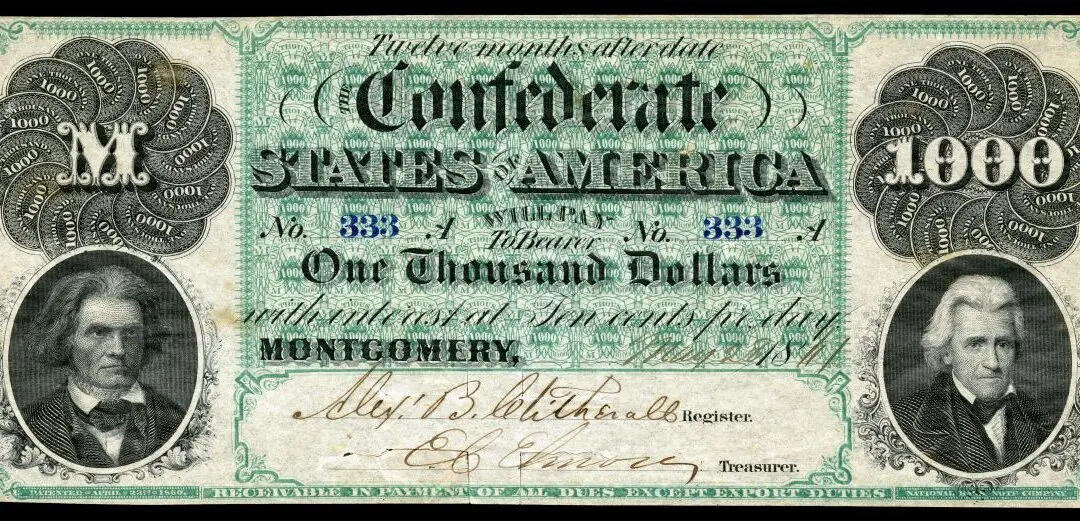Walt Larimore and Mike Yorkey have written a masterful retelling of a heroic life. “At First Light: A True World War II Story of a Hero, His Bravery, and an Amazing Horse” is a full story. I mean this is in the complimentary sense that it is a story of a courageous life such as one would typically find in fiction. Indeed, there were several times when I had to reconfirm whether the story was fictionalized, or cleverly and overly embellished. But the authors of the book set the record in stone at the end with a hefty collection of news clippings, photographs, and letters, along with a thorough bibliography.
The story is about Philip Larimore, the primary author’s father, who turned out to be (even to the surprise of his son) one of the most decorated infantrymen of World War II. As the author mentions in the epilogue, his father never talked about the war, which led him to wonder whether his father had seen any action at all. Indeed he had! And earned three Purple Hearts (he refused three others), two Bronze Stars, two Silver Stars, and the Distinguished Service Cross.






